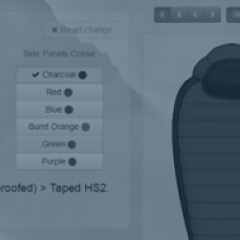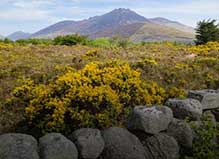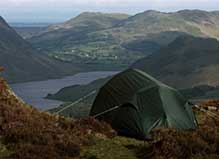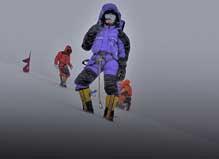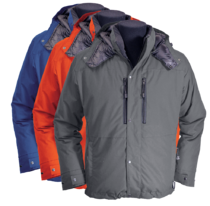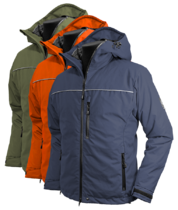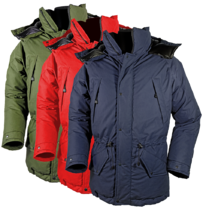The Lowdown
Extraordinary stories and technical knowhowVentile’s coming home
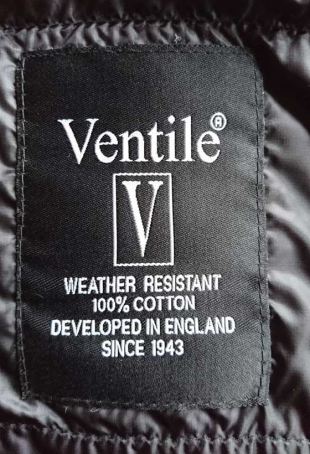
OK, we get it: it doesn’t really seem that much like us. Using cotton cloth that was cutting-edge in World War 2, when we normally insist on the latest and lightest. If you think about it though, most of what we do centres around down insulation, and that’s not exactly cutting edge: geese have been using it for millions of years. What we’re really bothered about is finding stuff that’s good at doing what it does.
So yes, we do get pretty obsessive about making the lightest gear, and that means finding stuff that’s the best at being lightweight. But there are plenty of other considerations besides low weight, and for a lot of them, Ventile makes a lot of sense.
It actually started with firehoses. They used to be made of linen, but as war threatened Europe in the 30’s, it looked as though there might be a flax shortage (linen is made from flax fibres), so something else needed to be sorted out. Then an even more pressing need spurred the researchers on: RAF pilots who ditched their planes into the sea needed something to protect them from the icy waters, otherwise they’d perish in minutes.
The answer, developed at Manchester’s Shirley Institute, was long-staple Egyptian cotton (the ‘staple’ is the length of the raw cotton fibres), which is spun, doubled and woven into a very, very dense cloth. When the fibres swell with moisture, they plug the tiny gaps in the weave, making it impermeable to water: impermeable enough to use for hoses, and impermeable enough for fighter pilots’ suits. In fact, it’s still used for fighter pilots’ suits!
The happy side effect of this construction is that because it doesn’t have a laminated waterproof membrane, there’s no solid barrier to moisture so the breathability is excellent. And because it’s so dense, it’s great at blocking the wind (and preventing down escaping). And because it’s cotton, it drapes nicely and doesn’t rustle.
And when you put it like that, we reckon it makes a lot of sense. It’s a been a favourite of explorers, wildlife photographers and bushcraft enthusiasts for years, but you don’t necessarily need to be undertaking anything monumental to benefit from it: winter commuting puts you in the teeth of the weather every day!
So that’s Ventile, that’s why we like it, and that’s why we’re using it in our PHD Outwear Collection. It keeps out the weather, keeps in the down, breathes brilliantly, and looks and feels even better. And because we make our gear in an old textile mill in Manchester, it seems nicely appropriate.
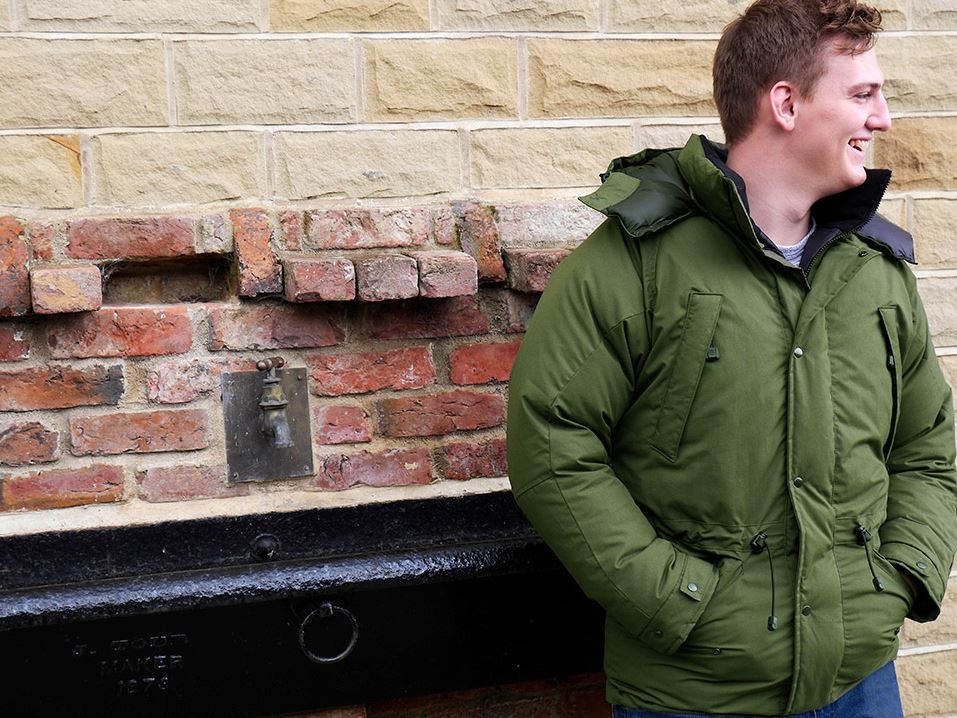
When the fibres swell with moisture, they plug the tiny gaps in the weave, making it impermeable to water: impermeable enough to use for hoses, and impermeable enough for fighter pilots’ suits.
| A Ventile® & Down Jacket for winter comfort, and smart enough for a cool city... |
| A Ventile® & Down Jacket for winter lows of -10°C in the outdoors & on... |
| A Ventile® & Down Polar Jacket for extremely cold and inhospitable conditions... |







